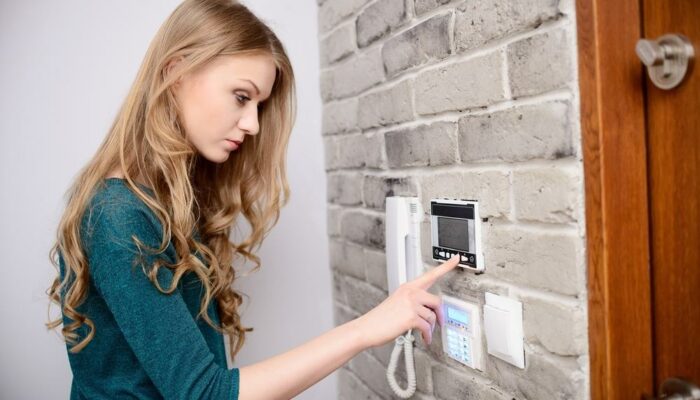How to effectively reduce home heating prices
The approach of winter brings a chill to homeowners. The very statement Winter Is Coming’ can be equated to the many hundreds of dollars that will be spent towards heating our homes. According to Department of Energy, heating and cooling account for 56% of the energy use in a typical American home.

Eliminate those drafts
Electrical boxes in your exterior walls are notoriously drafty because insulation isn’t always placed behind and around them correctly. To stop the leaks, remove the cover plates and fill small gaps around the boxes with acrylic latex caulk. For large gaps, use foam sealant. Then place a foam gasket over the outlet or switch and replace the cover plate.
Take care of those windows and patio doors
Windows account for 25 percent of heat loss in homes. Covering the windows and sliding patio doors with clear plastic film can reduce that loss.
Don’t let it escape through chimney The downside to fireplaces is that when they’re not in use, your warm indoor air is escaping through the chimney. Even when the chimney flue is closed, some warm air is probably still getting away. An easy solution is to block the airflow with an inflatable chimney balloon.
Invent on upgrading thermostat
You can save 10 percent on your winter heating bills by adjusting your thermostat 10 to 15 degrees cooler for the eight hours you’re at work, according to the Department of Energy. Cut it back an additional eight hours when you sleep and you might save 20 percent.
Insulate it all
Insulation is your home’s all-purpose force field against high energy bills. It minimizes heat transfer in winter and summer, provides ventilation to control moisture and makes your home more livable. Bringing your attic insulation up to code for your region is one of the most cost-effective ways to winter-proof your bear cave. The Department of Energy can get you started with its ZIP code insulation calculator.
Change the hot water setting
The Department of Energy estimates that water heaters account for 14 percent to 25 percent of our monthly energy bill. Little wonder, since most water heaters are on 24/7.Water heaters are often factory-set at 140 degrees Fahrenheit, hot enough to scald. The Department of Energy says most of us can live comfortably with 120-degree water. You can save 3 percent to 5 percent on your water heating costs for every 10 degrees of setback.





